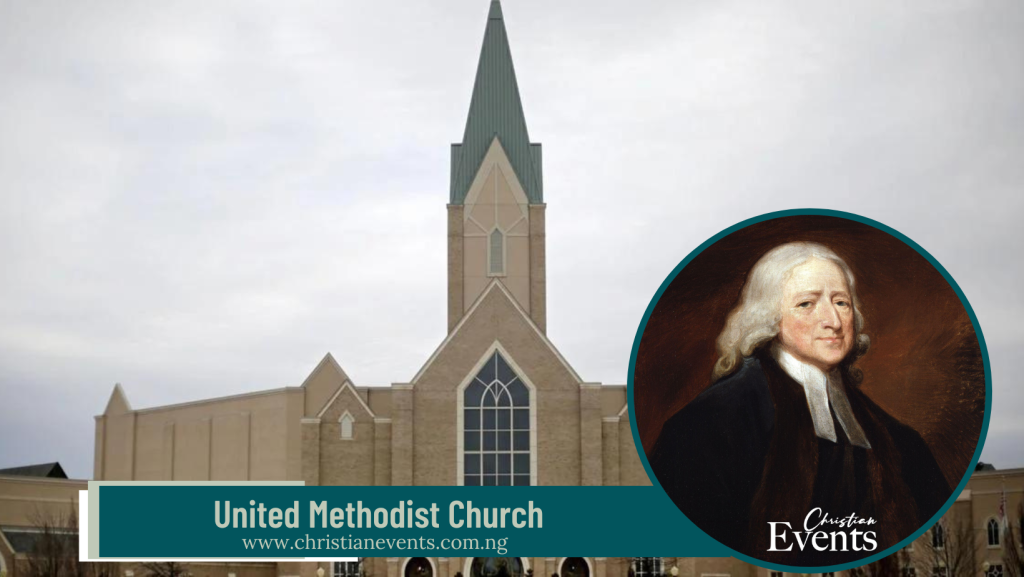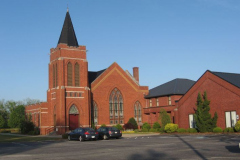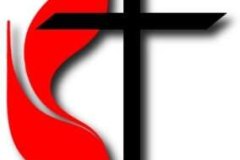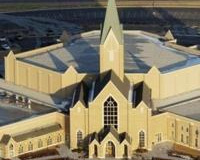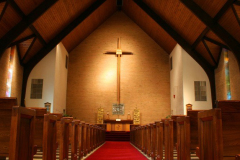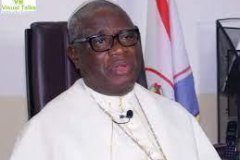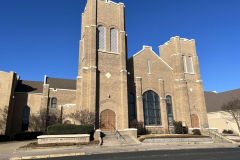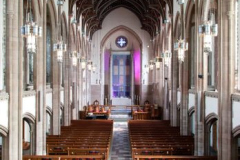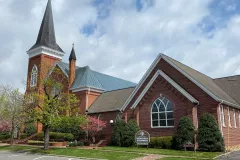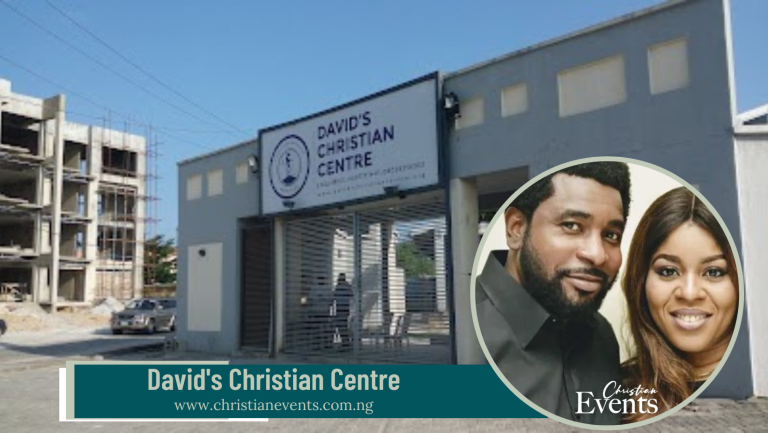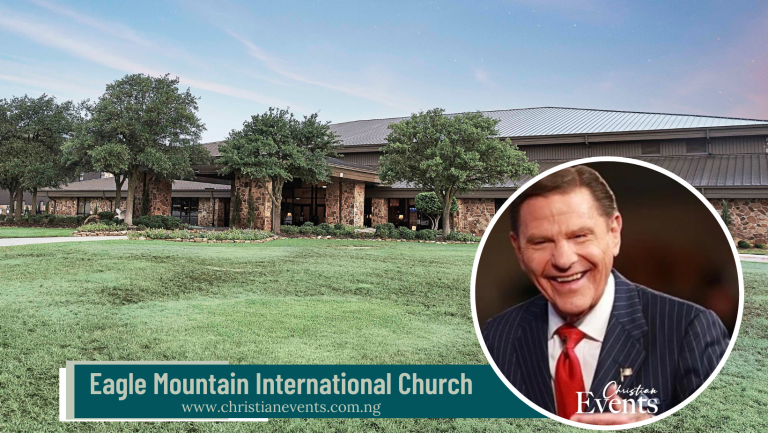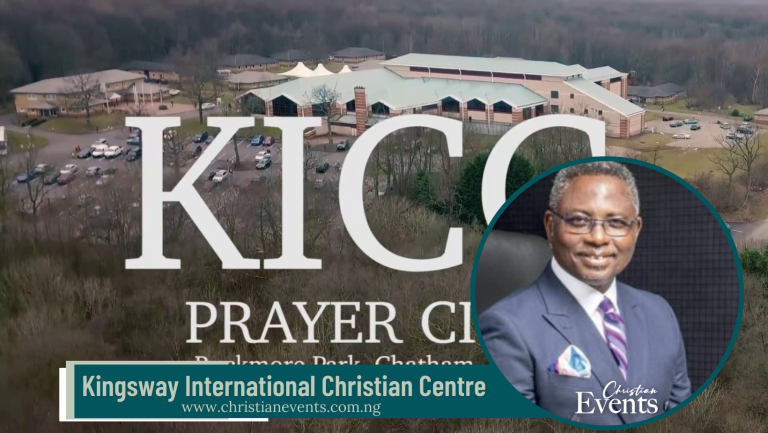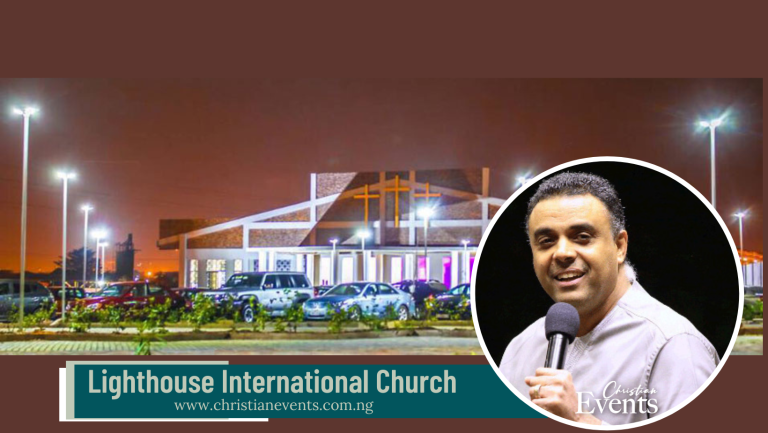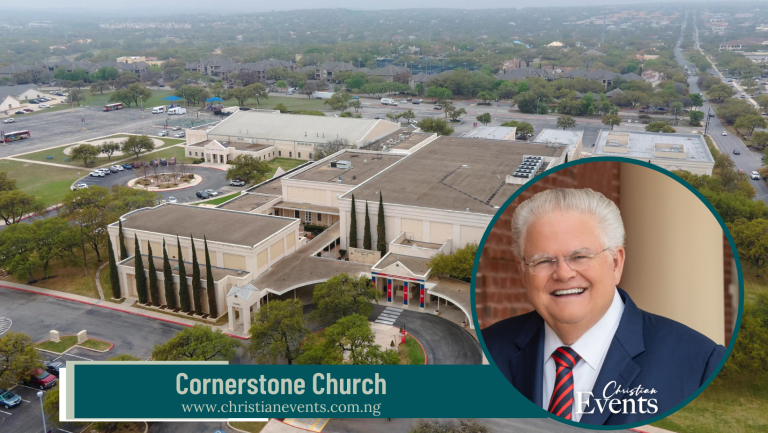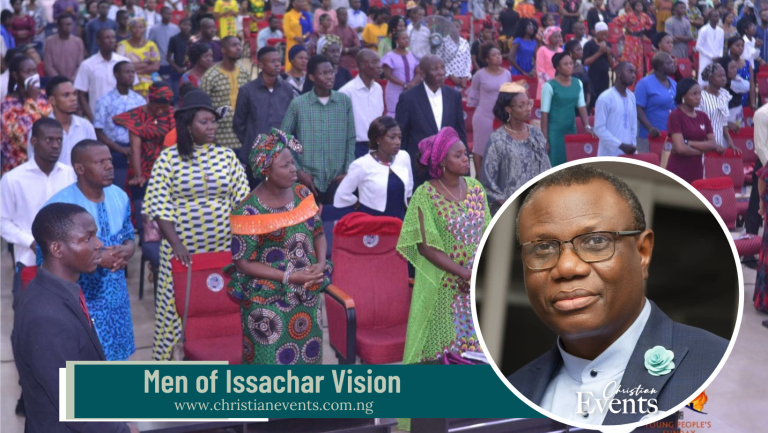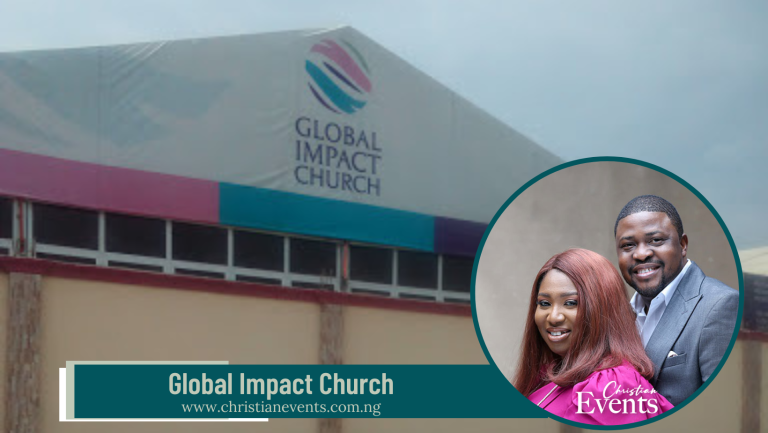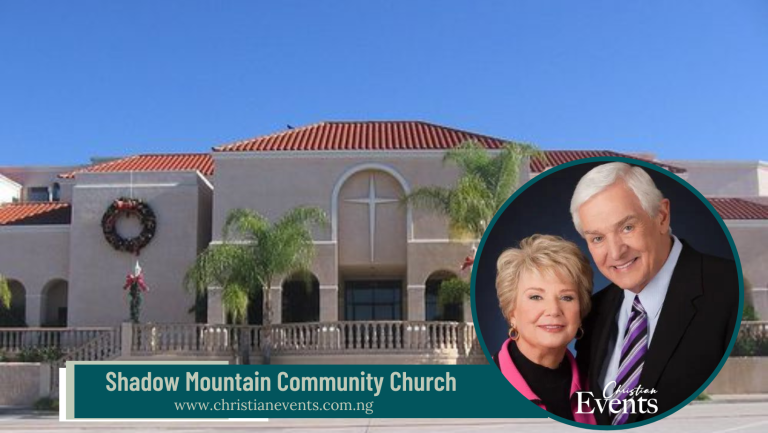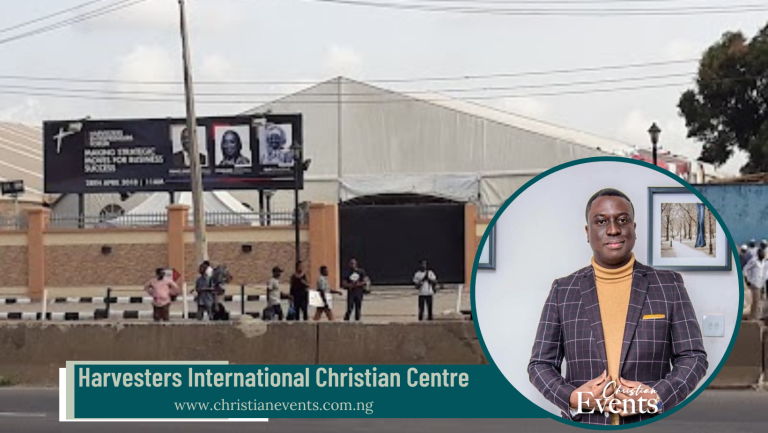United Methodist Church Complete Profile & Latest Information
The Methodist Church is Britain’s fourth largest Christian denomination and part of the worldwide Methodist family of over 60 million committed members and a further 20 million adherents. Known for her grassroots movements and Evangelism, Methodists belong to local churches or ecumenical partnerships, but also feel part of a larger connected community, known as the Connexion. Methodism, also called the Methodist movement, is a group of historically related denominations of Protestant Christianity whose origins, doctrine and practice derive from the life and teachings of John Wesley.
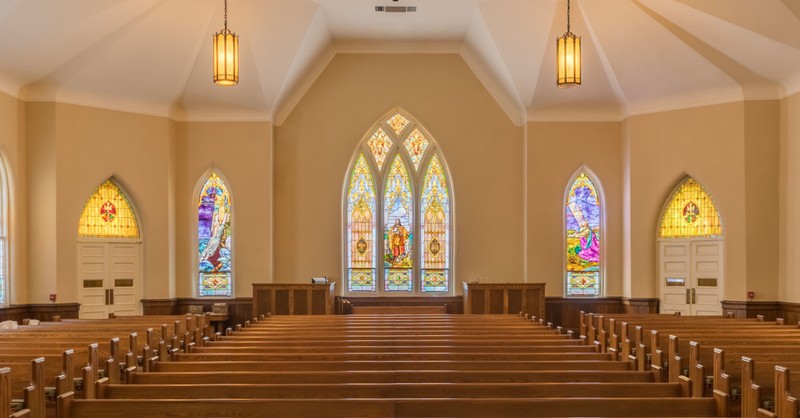
This is a comprehensive write-up on the United Methodist Church, explore the United Methodist Church’s complete profile, including its history, structure, and mission. Learn how to become a member and discover the church’s events calendar. Delve into its calling, doctrines, and services to humanity. Embark on a journey within the Methodist Church.
History of The Methodist Church
Who is the founder of Methodist Church?
The Origin of Methodism are in the 18th Century. Methodism originated as a revival movement within the 18th-century Church of England and became a separate denomination after John Wesley’s death. The movement is reported on wikipedia to have spread throughout the British Empire, the United States, and beyond because of vigorous missionary work, today claiming approximately 80 million adherents worldwide.
The Methodist revival originated in England during the 18th century within the Church of England, spearheaded by notable figures such as John Wesley (1703–1791) and his younger brother Charles Wesley (1707–1788). John, a fellow and later a lecturer at Lincoln College, along with Charles, established the “Holy Club” at the University of Oxford. The club convened on a weekly basis, meticulously pursuing a life of holiness. Their disciplined practices included regular Communion, fasting, abstaining from most forms of entertainment and luxury, as well as actively tending to the sick, the poor, and prisoners. The club members earned the moniker “Methodist” from their fellow students due to their systematic approach and adherence to religious “rule” and “method.” John, as the leader, transformed this intended mockery into an honorable title.
In 1735, both John and Charles Wesley responded to an invitation from General James Oglethorpe, the founder of the Georgia Colony, to serve as ministers to the colonists and missionaries to the Native Americans. Their endeavors in America proved unsuccessful, leaving the brothers with a profound awareness of their lack of genuine Christian faith. They sought guidance from Peter Boehler and other members of the Moravian Church. It was during a Moravian service in Aldersgate on May 24, 1738, that John underwent what is now recognized as his evangelical conversion, experiencing a profound stirring within his heart. In his journal, he recounts, “I felt I did trust in Christ, Christ alone, for salvation; and an assurance was given me that He had taken away my sins, even mine, and saved me from the law of sin and death.” Charles had a similar encounter a few days earlier. Recognizing this as a pivotal moment, Daniel L. Burnett emphasizes the monumental significance of John Wesley’s Aldersgate Experience, noting that without it, Wesley and Methodism might have remained inconspicuous footnotes in the annals of church history.
Christianity was established in Nigeria with the arrival in 1842 of a Wesleyan Methodist Church missionary. He had come in response to the request for missionaries by the ex-slaves who returned to Nigeria from Sierra Leone. From the mission stations established in Badagry and Abeokuta, the Methodist church spread to various parts of the country west of the River Niger and part of the north. In 1893 missionaries of the Primitive Methodist Church arrived from Fernando Po, an island off the southern coast of Nigeria. From there the Methodist Church spread to other parts of the country, east of the River Niger and also to parts of the north. The church west of the River Niger and part of the north was known as the Western Nigeria District and east of the Niger and another part of the north as the Eastern Nigeria District. Both existed independently of each other until 1962 when they constituted the Conference of Methodist Church Nigeria. The conference is composed of seven districts.
The Methodist Church Nigeria is headed by the prelate, who presides over the conference, the overall governing body of the church. This conference meets every two years to deliberate and take decisions on all issues affecting the life of the church. The conference area is divided into eight archdioceses. Each archdiocese is composed of not less than four dioceses over which an archbishop presides at the archdiocesan council meetings. There are 44 dioceses, each made up of a number of circuits and headed by a bishop who presides over the annual synod. The constitution of the church provides for lay participation in the leadership of the church from the local church through to conference level.
- FOUNDING DAY: The Methodist Church was founded in the 18th Century.
- NUMBER OF MEMBERS: As per the latest count, there are approximately 170,000 people who have made and sustained a commitment to Christian discipleship within the Methodist Church of Great Britain and are active members of a local Methodist church.
- HEADQUARTERS: The Church is located at 25 Marylebone Road, London NW1 5JR.
- BRANCHES: The Methodist Church has over 30 districts across the world. It has branches across various continents including Africa. In 2020, it had 30,543 churches in the United States. In 2018, worldwide, it had 43,409 churches
- FOUNDER: John Wesley was the original president of the Methodist Conference (1703 – 1791).
- CURRENT LEADERS: The Revd Richard Teal and Carolyn Lawrence were inducted as President and Vice-President at the Methodist Conference (conducted online) on Saturday 27 June 2020.
The United Methodist Church Leadership
The United Methodist Church does not have a single executive leader. The Conference is the governing body of the Methodist Church and meets annually to discuss matters affecting the life of the Church, the nation, and the world. Duties are divided among bodies that include the General Conference, the Council of Bishops, and the Judicial Council. These entities are required by the Constitution to be part of the Church’s structure.
How to Become a Member of The United Methodist Church?
To become a member of the Methodist Church, follow these general steps:
- Attend Services: Begin by attending worship services at a local Methodist church. This will allow you to familiarize yourself with the teachings, practices, and community of the church.
- Seek Information: Reach out to the pastor or church staff to express your interest in becoming a member. They will provide you with information about the membership process and any specific requirements.
- Participate in Classes: Many Methodist churches offer membership classes or programs that provide an in-depth understanding of Methodist beliefs, history, and practices. Enroll in these classes to deepen your knowledge and faith.
- Reflect on Faith: Take time for personal reflection on your faith journey. Consider how your beliefs align with the teachings and values of the Methodist Church. This introspection will help you discern if becoming a member is the right choice for you.
- Make a Commitment: Once you feel ready, make a commitment to join the Methodist Church. This commitment may involve affirming your faith in Jesus Christ, accepting the teachings of the church, and committing to active participation in the life of the church community.
- Membership Vows: In a formal ceremony, you will have the opportunity to publicly profess your faith and make membership vows. These vows typically include professing your belief in God, accepting Jesus Christ as your Savior, promising to uphold the church’s teachings, and pledging your support to the church and its mission.
- Baptism and Confirmation: If you haven’t been baptized, the Methodist Church generally requires baptism as part of the membership process. If you’ve been baptized in another Christian tradition, your baptism may be recognized by the Methodist Church. In some cases, confirmation may also be required, which involves a reaffirmation of faith.
- Membership Reception: After completing the necessary steps, you will be formally received as a member of the Methodist Church. This may involve being introduced to the congregation during a worship service or participating in a reception ceremony.
The Methodist Church Programme / Events Calendar
Stay- up-to-date with Bethel Church events and programmes calendar for this year.
- Lent and Easter (Holy week and Easter Services)
- Advent and Christmas
- Pilgrimages
- Annual Conferences
The Methodist Church Mission, Calling and Doctrine
OUR CALLING
The calling of the Methodist Church is to respond to the gospel of God’s love in Christ and to live out its discipleship in worship and mission. She does this through;
- Worship
- Learning and caring
- Service
- Evangelism
OUR DOCTRINES
The Methodist church doctrines as reported on her website are as follows;
The Methodist Church claims and cherishes its place in the Holy Catholic Church which is the Body of Christ. It rejoices in the inheritance of the apostolic faith and loyally accepts the fundamental principles of the historic creeds and of the Protestant Reformation. It ever remembers that in the providence of God Methodism was raised up to spread scriptural holiness through the land by the proclamation of the evangelical faith and declares its unfaltering resolve to be true to its divinely appointed mission.
The doctrines of the evangelical faith which Methodism has held from the beginning and still holds are based upon the divine revelation recorded in the Holy Scriptures. The Methodist Church acknowledges this revelation as the supreme rule of faith and practice. These evangelical doctrines to which the preachers of the Methodist Church are pledged are contained in Wesley’s Notes on the New Testament and the first four volumes of his sermons
Mission:
As we venture into the years ahead, our Mission Shall be “ To raise faithful and fruitful disciples of Jesus Christ who are passionate to transform the world through preaching teaching and provision of services that carter for the physical and spiritual needs of the Church and the society
Our Vision shall be: “Becoming Faithful and Fruitful disciples of Jesus”.
Methodist Church Services to Humanity
The Church has provided services in different areas that has to do with optimum survival of humanity. some of these services are anchored as follows;
- Orphanage Program
- Agricultural Development Program
- Health Program
- Education Program
- Theological Education Program
- Empower Her Program
- IDP Camp Program
- Clean Water Program

